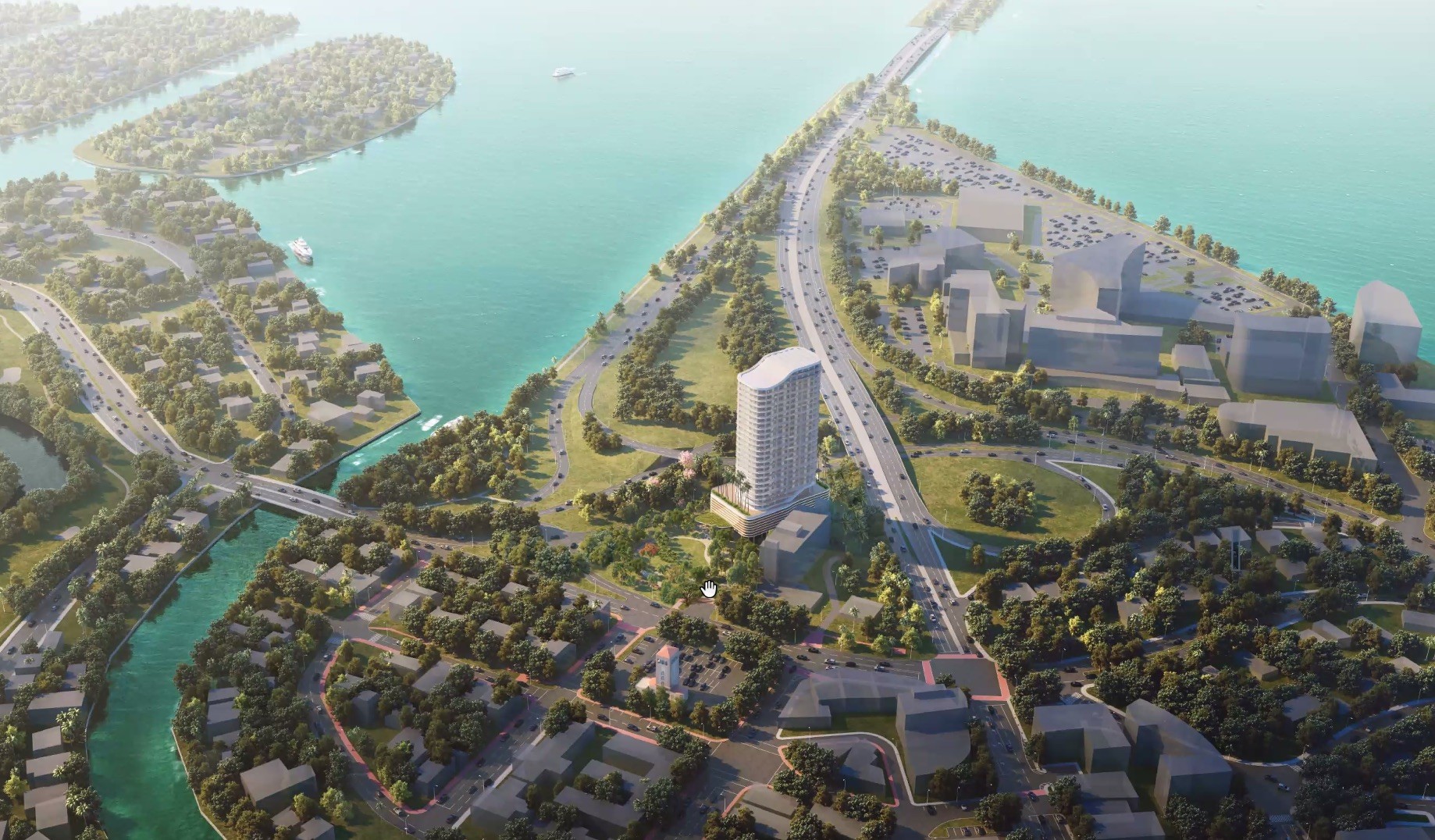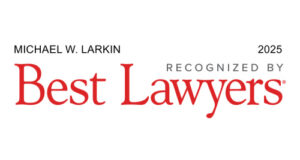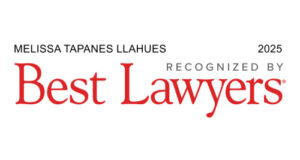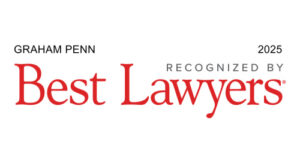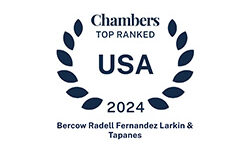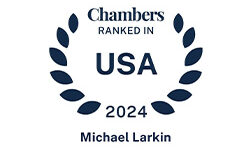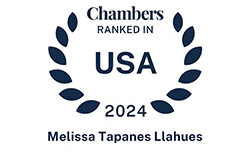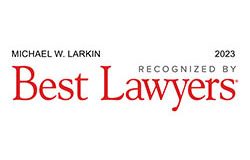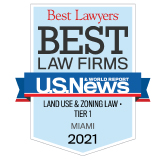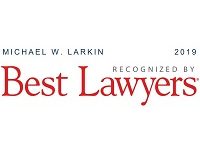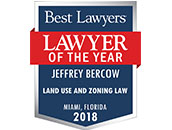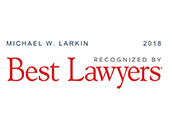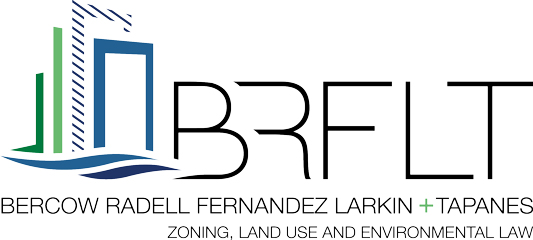CLIENT NEWS: Mast Capital presents plan for 290-ft tower at I-195 entrance to Miami Beach
May 8, 2020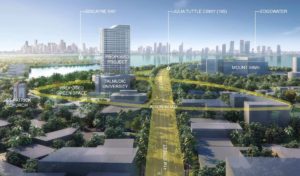 Mast Capital has decided not to move ahead with approved plans for its Alton Bay residential project at one of Miami Beach’s gateways and, instead, wants to build a 290-ft residential tower. The proposal, for a parcel at the intersection of Alton Road and I-195 next to Talmudic University, can only move forward if the City Commission agrees to allow an increase in height from the current 85-ft limit.
Mast Capital has decided not to move ahead with approved plans for its Alton Bay residential project at one of Miami Beach’s gateways and, instead, wants to build a 290-ft residential tower. The proposal, for a parcel at the intersection of Alton Road and I-195 next to Talmudic University, can only move forward if the City Commission agrees to allow an increase in height from the current 85-ft limit.
Mast purchased the property from the university in October 2014 for $17.1 million. It is currently in negotiations with the Florida Department of Transportation (FDOT) to purchase adjacent surplus land to add to the development site.
In exchange for a height increase and reduction in the required minimum unit size, the developers would provide a one-acre public park and resiliency features including a stormwater management area.
The project, which is moving concurrently through the legislative and Design Review Board (DRB) processes, was presented at this week’s meeting of the Commission’s Land Use and Sustainability Committee.
The DRB filing indicates the project will consist of a new 25-story multifamily building with 160 residential units, a parking garage pedestal with 223 parking spaces, and a ground floor café.
 In his letter to the DRB, attorney Michael Larkin of Bercow Radell Fernandez Larkin & Tapanes stated Mast Capital’s M 4000 Alton Owner, LLC and Talmudic University are “owners and partners” in the application. The overall site measures 148,505 sq ft (3.4 acres). Talmudic University, which will remain, occupies 49,080 sq ft. The portion of the property owned by Mast, a paved area that consists mainly of surplus parking, is 81,565 sq ft. The FDOT parcel is 17,860 sq ft.
In his letter to the DRB, attorney Michael Larkin of Bercow Radell Fernandez Larkin & Tapanes stated Mast Capital’s M 4000 Alton Owner, LLC and Talmudic University are “owners and partners” in the application. The overall site measures 148,505 sq ft (3.4 acres). Talmudic University, which will remain, occupies 49,080 sq ft. The portion of the property owned by Mast, a paved area that consists mainly of surplus parking, is 81,565 sq ft. The FDOT parcel is 17,860 sq ft.
“The proposed development utilizes the additional property resulting from the acquisition of the FDOT Parcel to push new development as far to the western boundary as possible,” Larkin wrote. “This allows for the signature architectural design of the new building to serve as a landmark feature as a gateway for the entrance to Mid-beach and Miami Beach” while minimizing the impact on residential neighborhoods.
The eastern portion of the project is proposed as a public park “that will be enhanced with resiliency and water retention features, as well as enhanced drainage, to better serve the area,” according to Larkin’s letter.
In the presentation to the Land Use and Sustainability Committee, architect Ray Fort of Arquitectonica said the location of the proposed tower puts it 354 feet away from the closest structure. The additional height, he said, would allow for a larger setback from Alton Road and an increase in green space to nearly double what is in the approved plans for the site. Fort also noted the proposed height increase is in line with recent height increases granted for other projects in the City, citing the 87 Park, Ocean Terrace, and 500 Alton Road projects along with the North Beach Town Center (see slide below).
 According to a memo to the Land Use Committee from City Manager Jimmy Morales, the developer is seeking a Land Development Regulation (LDR) amendment to establish a Julia Tuttle Causeway District with an increase in the maximum building height from 85 feet to 290 feet and a minimum setback of 190 feet from Alton Road for structures exceeding 85 feet in height; a reduction in the minimum unit size from 550 sq ft to 450 sq ft and average unit size from 800 sq ft to 700 sq ft; and allow for up to 3,000 sq ft of accessory restaurant use with no parking or loading requirements.
According to a memo to the Land Use Committee from City Manager Jimmy Morales, the developer is seeking a Land Development Regulation (LDR) amendment to establish a Julia Tuttle Causeway District with an increase in the maximum building height from 85 feet to 290 feet and a minimum setback of 190 feet from Alton Road for structures exceeding 85 feet in height; a reduction in the minimum unit size from 550 sq ft to 450 sq ft and average unit size from 800 sq ft to 700 sq ft; and allow for up to 3,000 sq ft of accessory restaurant use with no parking or loading requirements.
“The large setback from Alton Road is intended to reduce the impact of a taller building on the single-family residential area to the east,” Morales wrote. In addition to the open space benefit, “the proposed reduction in average and maximum unit size requirements will allow for more flexibility in unit types; this, in turn, will allow, potentially, for more attainable housing,” according to the memo.
Morales noted concerns over the inconsistency of the proposed height with the smaller scale buildings in the area. “The proposal to almost quadruple the height limit on the subject site would result in a significant departure from the established scale of the area.”
He also cautioned, “Allowing a higher height for the proposed site could set a precedent for future efforts to increase maximum building heights, particularly along 41st Street.”
“Notwithstanding the foregoing,” Morales concluded, “the administration has reviewed the overall proposal within the larger context of creating a one-acre area of open space; such open space area could provide significant public benefits. If a determination is made that the proposed height increase is warranted, the open space, public park, would be a significant public benefit for the City’s residents.”
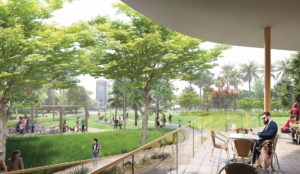 Planning Director Tom Mooney added in his presentation to the Committee that despite the concerns, “For neighboring residents, there’s an opportunity of providing a very significant resilient and water management area.”
Planning Director Tom Mooney added in his presentation to the Committee that despite the concerns, “For neighboring residents, there’s an opportunity of providing a very significant resilient and water management area.”
If the Land Development Regulation amendments move forward, he said, Planning Staff recommends any public benefits be integrated into the approval including the public park, resilient landscaping, lighting that limits backlighting and glare, the potential for a dog park, shade trees and high-quality equipment if children’s play areas are included, a stormwater management system capable of retaining and disposing of runoff that meets minimum standards for heavy rain events, drainage wells that improve the quality of stormwater runoff into the bay, a cistern to capture water runoff to reuse for irrigation, and a bio-swale and perimeter swale to contain stormwater and irrigation runoff water on the property.
Commissioner Michael Góngora, co-sponsor of the item along with Commissioner Ricky Arriola, said, “I’m not set on this height. I do think they need more significant height to do the small pedestal they’re doing and to give us the park,” but added he wants “to see if there’s an opportunity to do a little less.”
He emphasized the importance of ensuring “the public benefits are adequate” for any height increase and that it is “the only project that can benefit from this increased height.”
Commissioner Mark Samuelian said, “This is a pretty dramatic height increase we’re talking about from what is allowed… I think we need to move deliberately in this process.”
In addition to echoing comments Góngora made about needing extensive public outreach, Samuelian said he was looking for “robust public benefits.”
“I think we need to be really creative about the public benefits,” he said, asking the developers to consider the potential for a “covered multi-bus bay” on the site to handle passengers from the proposed bus rapid transit (BRT) route over the Julia Tuttle Causeway. “That actually is a significant public benefit if it fits,” he said.
Before the proposed Land Development Regulation amendment is considered by the City Commission, it first has to go to the Planning Board for a recommendation. That referral could be made at the May 13th Commission meeting, though it had not yet been added to the agenda at the time of our publication.
Plans approved for the site in March 2014 included construction of a new 8-story, 72-unit residential building on the south side of the property which was being marketed as Alton Bay. According to the DRB application, building permits were never obtained.
Morales indicated in his memo that a month prior to approval of those plans, the City Commission increased the height limit on the site from 60 to 85 feet.
“In 2015, a private application was filed by the current proposer, to increase the maximum allowable height on the site from the current 8 stories / 85 feet to 15 stories / 150 feet,” Morales wrote. “The Planning Board did not recommend in favor of this height increase and the administration recommended denial when the proposal came before the City Commission. The applicant subsequently withdrew the application and did not move forward.”
Mast Capital, according to its website, “targets opportunistic and value-add investments in existing property, ground-up development, distressed real estate, and note purchases. Among its local projects, Mast developed the Louver House in South Beach.
The item as considered by the Land Use Committee is here.
Published by Susan Askew, May 7, 2020, on www.reMiamiBeach.com
Renderings: Arquitectonica
